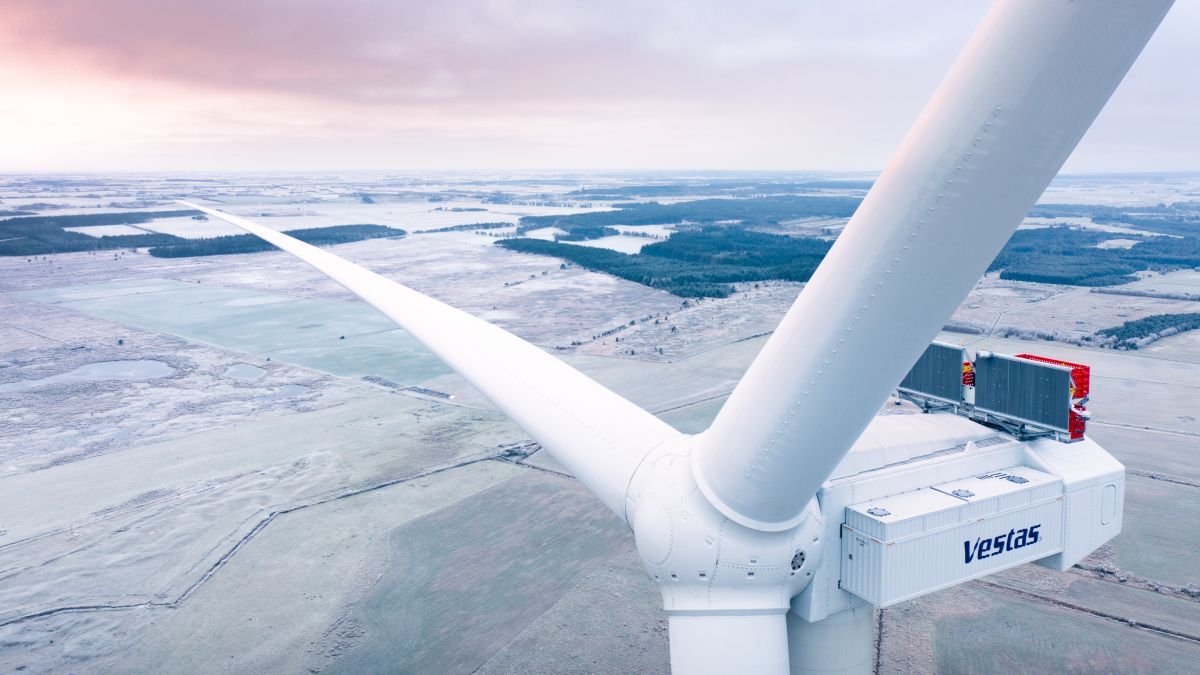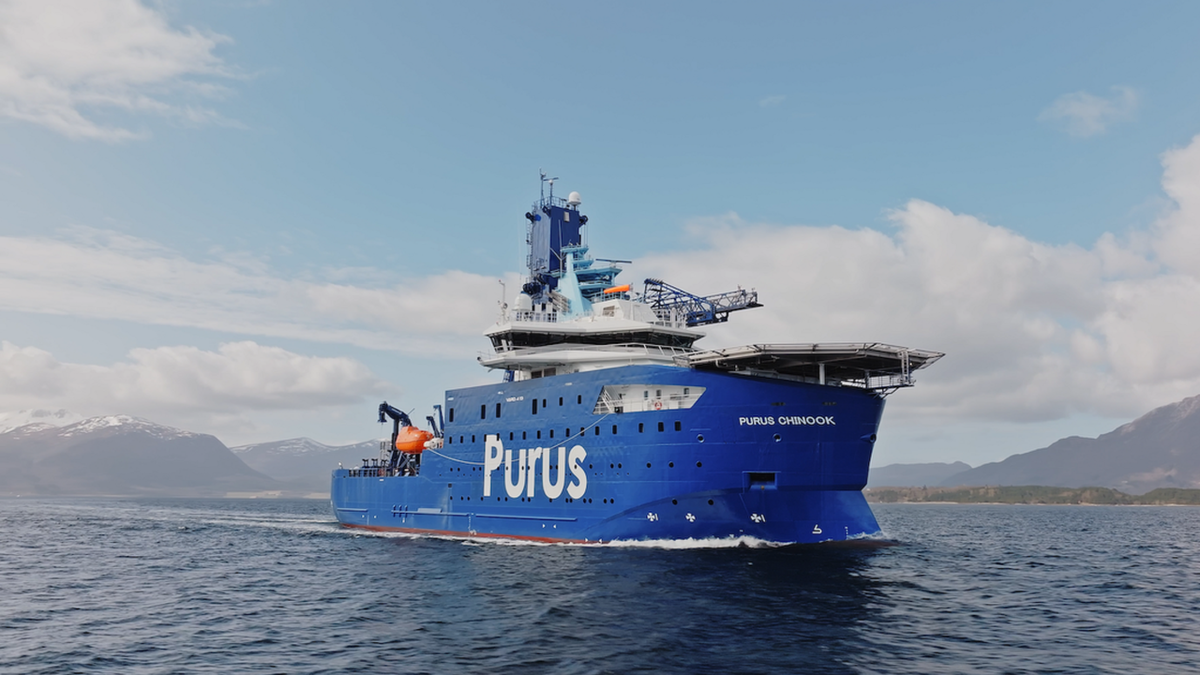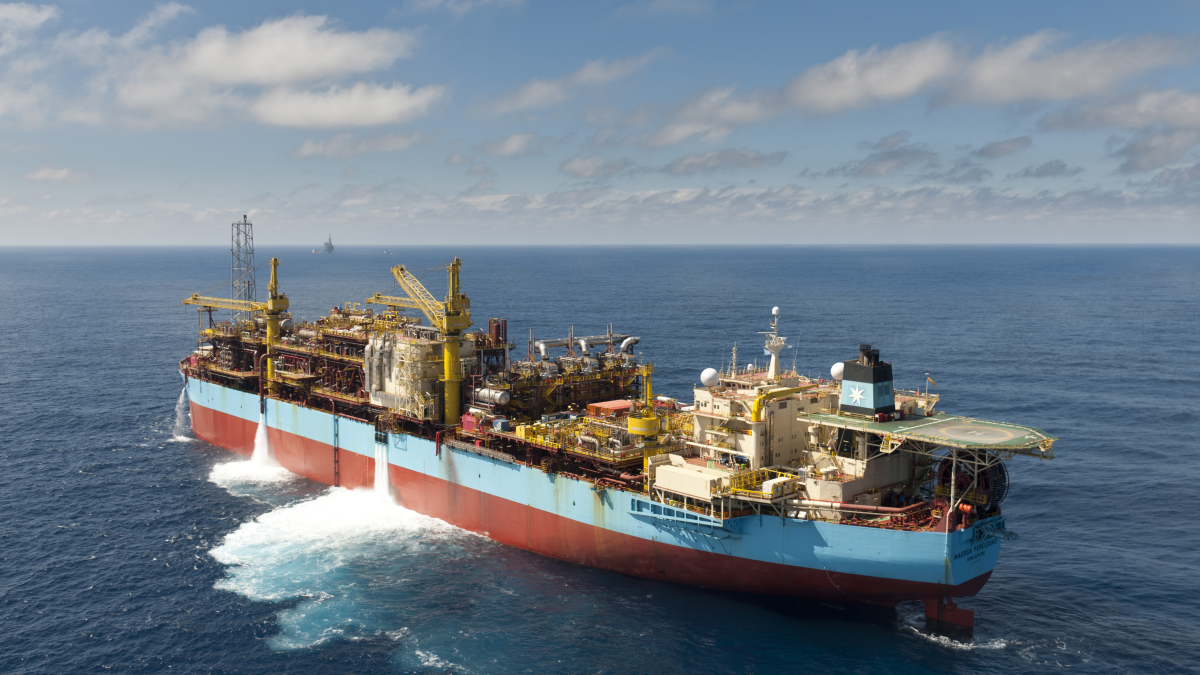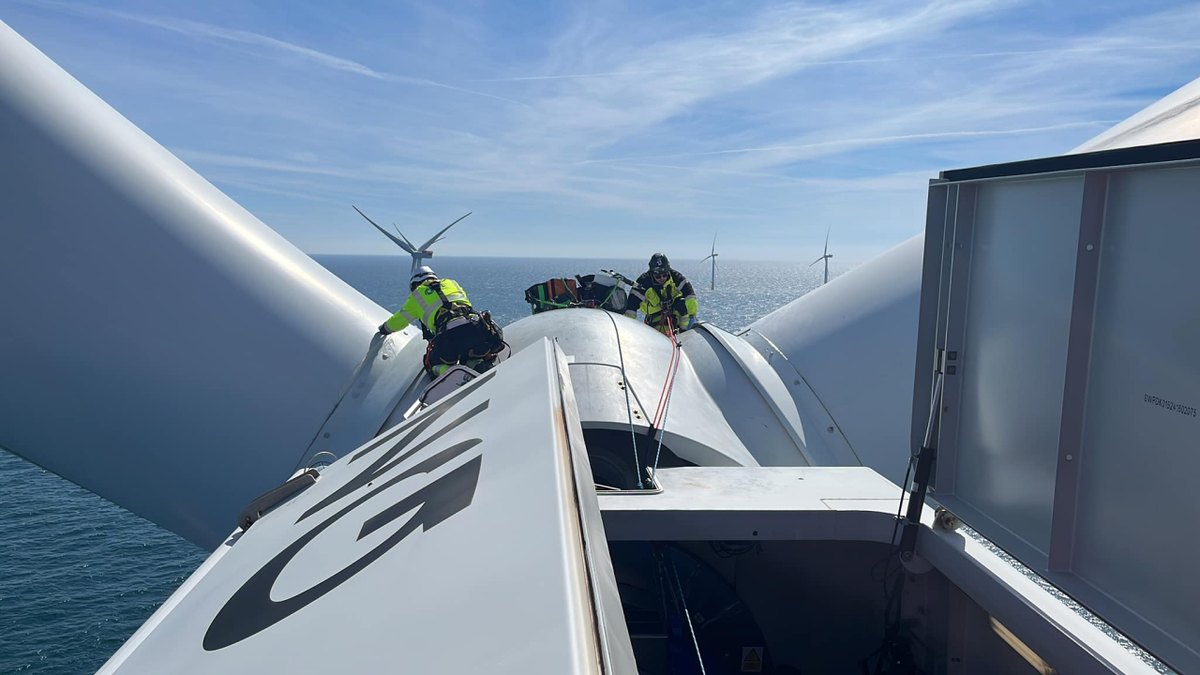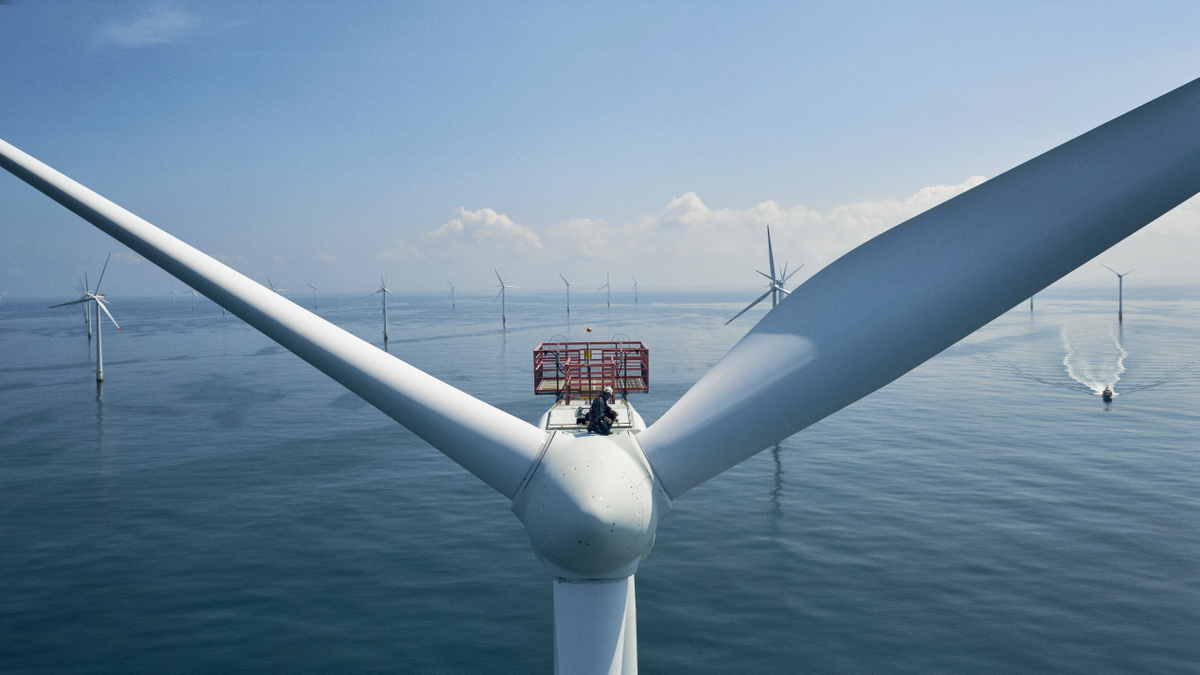Business Sectors
Contents
Register to read more articles.
Replacing Russian gas with Chinese wind turbines: the challenge faced by Europe’s energy sector
How serious is the challenge posed to European supply chains by Chinese offshore wind turbines, and how should the manufacturers and policymakers react?
Recent weeks have seen a spate of announcements about huge offshore wind turbines being developed in China. Dongfang Electric Corp has unveiled a 26-MW offshore wind turbine and three other Chinese companies – Goldwind, Shanghai Electric and CSSC Haizhuang – announced plans for 25-MW offshore wind turbines, not long after Sany Renewable Energy put into operation a facility capable of testing turbines of up to 35 MW.
And as Chinese companies develop ever-larger turbines, so their ambitions in the export market have aroused concerns about the effect they may have on the European supply chain. Some argue without Chinese turbines and Chinese manufacturing capability, Europe may not be able to meet emissions targets; others that Chinese turbines could take over the market, as happened in the solar energy market; and the recent selection of Chinese offshore wind turbines for a high-profile German offshore windfarm ‘should set alarm bells ringing.’
But how likely is it Chinese manufacturers will gain a significant share of the market in Europe? If they do, how long might that take? And are Chinese turbines really less expensive than European ones in the long run, when insurance, financing and O&M costs are taken into consideration?
Energy analyst and founder of US-based IntelStor, Philip Totaro, believes Chinese turbines in European markets will be just as expensive to own and operate as turbines made by Western OEMs. This is because of O&M costs, insurance premiums to a developer or owner as well as finance costs, he says.
Mr Totaro tells OWJ, “Although O&M costs for a turbine would be similar for a Western turbine versus a Chinese one, the O&M cost may become a challenge because of a lack of availability of spares for Chinese models. In addition, if import duties are applied to spare parts, that could drive the O&M costs much higher than it would be sourcing from a European supply chain.” What is more, he says, insurance companies will make assumptions about risk premiums based on failure rates that are likely to be higher than turbines from Western OEMs.
Then there is the cost of financing a Chinese turbine. “Finance costs will make the total price to the developer pretty much the same as if they were financing Chinese turbines through Western banks,” says Mr Totaro, “assuming Western banks would finance the deals at all. Western banks are going to offset the cheaper capex of a Chinese turbine with a higher finance rate, so the net amount a developer pays for Chinese turbines will be almost equivalent to the price paid by developers had they chosen Western turbines instead. However, if a Chinese OEM were able to arrange partial project finance through a Chinese bank or institutional investor, this could lead to more market penetration of Chinese OEMs in Europe. That practice is part of the investigation by the EU competition commission,” he says.
Green Giraffe energy transition financial advisor Clément Weber believes using Chinese turbines could be more expensive than using Western turbines, because investors and banks will view the risk – and therefore the cost of financing projects – as higher. “These costs could reduce the financial benefit of using them,” he tells OWJ.
Aegir Insights vice president engineering, Katherine Dykes says scaling up from a 10-MW Western turbine to a 20+ MW turbine certainly has potential benefits but believes there is still a lot of uncertainty around how great they might or might not be. She says the benefits that accrue from larger turbines are not yet fully understood. She agrees Chinese turbines are less expensive, but says the big question is how that cost delta will translate in the European market, even if Chinese OEMs start producing turbines in Europe.
Asked how significant he expects Chinese penetration of the European offshore wind market to be five years from now, Mr Totaro says a lot will depend on Chinese companies’ willingness to establish a manufacturing footprint. “If they build factories, they increase the chances their market share could be 2-3% in five years,” he says. “If they attempt to import a significant volume of equipment from China, then they will see increasing import duties applied which would restrain their near-term growth.”
Mr Totaro believes China’s long-term ambition is to capture 25-35% of the European market but says this will take a long time to achieve and may not be possible without production in the EU. In the near term, despite Mingyang Smart Energy’s proposal to manufacture turbines in Italy, he does not expect Chinese turbines to be manufactured in Europe. But in the medium term, he says they will be.
“Keep in mind an MoU like the Italian one isn’t usually binding,” he says. “Mingyang has not made any commitment financially or otherwise and is not liable to invest capital in a factory until it receives a firm commitment from the Italian government on things like taxes, and some firm orders for projects in Italy. If we use the deal Luxcara made with Mingyang in Germany as another example, this is still a conditional order. Until they can confirm things are unconditional, there are no obligations, but the customer, Luxcara, has indicated they cannot build the project without using Mingyang turbines. Broadly speaking, developers who are looking at Chinese turbines may be doing so for the sake of being able to build a project, because high interest rates may preclude Western OEMs from lowering prices. Their best bet is to either have a Western OEM as a backup if a Chinese contract cannot be fulfilled or run the risk of not building a commercially viable project.”
Mr Totaro also believes although major offshore developers such as Iberdrola and RWE have indicated a willingness to consider Chinese equipment, they are really using doing so as ‘leverage’ to get Vestas or Siemens Gamesa to reduce their prices. “All of the parties involved know they would never be able to finance a project with Western banks if they chose Chinese turbines,” he says.

Aegir Insights senior analyst Laura Fecova agrees with Mr Totaro’s assertion there are signs pointing towards Chinese turbines being manufactured in Europe and/or the UK at some point in the future. “Mingyang’s Italian MoU is only one example,” she says. “In April 2024, Scotland deemed a manufacturing facility for Mingyang a top priority to support market growth there. There are also discussions between Mingyang and Cerulean Winds for 6 GW of floating wind capacity.”
But although there are clearly states that are open to Chinese investment, and she anticipates the presence of some Chinese manufacturers in Europe, she does not anticipate a significant presence until after 2030. “We expect Western OEMs to maintain a dominant position for the next five years,” she says. “Where a shift might start to occur is towards the end of the decade, when we anticipate potential bottlenecks in the supply for wind turbines that could create an opportunity for Chinese manufacturers. That is, of course, unless there is a significant ramp up in Western manufacturing capacity.”
So how might European policy makers respond to the threat posed by Chinese manufacturers to the European supply chain? Mr Totaro believes their likely response will be import duties. “However,” he says, “this does not address the more fundamental issues, such as high labour rates and pension costs, limited access to raw materials and the need for a supply chain that is fully Westernised and not dependent on Chinese component suppliers.
“The likeliest outcome is Chinese companies will be found to have offered finance in violation of EU and OECD rules,” he tells OWJ, “but OECD rules are arbitrary, not binding laws. The Chinese government has subsidised renewable energy companies to help them pursue growth in Western markets, but the more the Chinese supply chain encroaches on markets where there are domestic manufacturers to protect, the more they will face the brunt of import duties or other pushback to exclude them from the market.
“EU government or state member governments could also implement cyber-security requirements that could render Chinese turbine bids moot,” he says. “However, having restrictive requirements in tenders to limit Chinese participation will lead to higher priced projects. Consumers will ultimately foot the bill because costs are always passed on to consumers.”
Mr Totaro says he has long proposed having import quotas on Chinese wind equipment in exchange for raising Chinese export quotas for rare earth elements or magnets, low-cost raw steel – plate or rolled – or other materials used in making blades for wind turbines. This would allow Western supply chains to make cheaper goods, he believes. “It would be a more equitable solution that acknowledges the implications of foreign trade on the global industry,” he notes.
But apart from the economics of larger turbines, state-subsidised prices and trade policy, there is another issue that plays into the argument, which is the disparity between Chinese companies’ carbon footprint and the carbon footprint of turbines built in Europe.
As Mr Totaro also notes, although wind turbine components manufactured in China use the same materials and the same manufacturing processes as those in Europe, the way in which raw materials are processed and refined could make a Chinese variant of a tower or a blade or a gearbox housing less ‘green’ while also being less expensive.
“What we are seeing that could be important to the debate about Chinese turbines is the increasing importance of non-price criteria in auctions in Europe,” Ms Dykes says. “What this means is that whoever supplies turbines to European offshore wind projects will need to comply with increasingly strict criteria for sustainability – including their carbon footprint.”
Ms Dykes also sees non-price criteria becoming increasingly important. “The trend we have observed in auction design means that, in future, every project will need to comply with non-price criteria. Developers may find there is an increased risk associated with successfully addressing those criteria when sourcing turbines from Chinese OEMs.
“Then there is the cyber-security issue. The EU has already identified it as a concern. Projects using Chinese turbines will be closely scrutinised. We shouldn’t forget European OEMs already source many components from China, but doing so doesn’t raise the same potential risk as sourcing entire turbines – including turbine control systems and windfarm control systems – from outside the EU.”
Auction reform and investment needed to provide energy security
Imposing tariffs to protect European OEMs from unfair competition would be a relatively easy option for EU regulators, says NorVind managing director James Glennie, a chartered financial analyst with a focus on policy relating to supply chain development, but it would be far harder to devise and implement a trade policy where tariffs are in place, and domestic industry can evolve. “The challenge for Europe is not just to impose a tariff but to combine it with an effective industrial policy,” he says. “Without the latter, the former will accomplish little and could even be counterproductive.
“China aims to dominate major global industries including energy, batteries, concrete, steel, IT and glass,” he says. “To achieve this, it has hugely subsidised these sectors over the last 20 years. It is important to realise this is not a question of Europe needing to subsidise an industry that cannot compete, but rather Europe needing to protect itself from a country that is seeking to further its mercantilist goals at Europe’s expense.”
To defend the European market, there must be two fundamental changes to European wind policy, he tells OWJ. “Clean energy policy needs to get away from a fixation – particularly in the UK via the Contract for Difference scheme – that the lowest price equals best value,” he says. “That may be true in a mature industry like oil and gas, but not in a growing one like wind. All it does is to screw the supply chain to the floor, such that it does not have the money it needs to invest in R&D and growth.
“The second major issue which needs addressing is that European OEMs such as Vestas and Siemens-Gamesa still tend to view the world through national – that is Danish and German – lenses. They need a wider perspective. If Danish OEMs are not prepared to build factories in their biggest European market – that is, in the UK – they have no one to blame but themselves if China fills the gap.”
Mr Glennie is not alone in believing Europe faces a major risk to its energy security if it exchanges dependence on Russian gas for dependence on Chinese wind turbines and solar panels. “Given current European clean energy policy, in the lead up to 2035, the overwhelming majority of new European generation capacity is likely to be wind and solar,” he says.
“China already controls the global market for solar. What happens when China disagrees with Europe on fundamental issues as it regularly does, and what happens when 70%+ of new power generation capacity comes from Chinese sources?”
Riviera’s Offshore Wind Webinar Week will be held 4 November 2024. Click here to register for this free-to-attend event.
Related to this Story
Events
International Bulk Shipping Conference 2025
Tankers 2030 Conference
Maritime Navigation Innovation Webinar Week
© 2024 Riviera Maritime Media Ltd.


